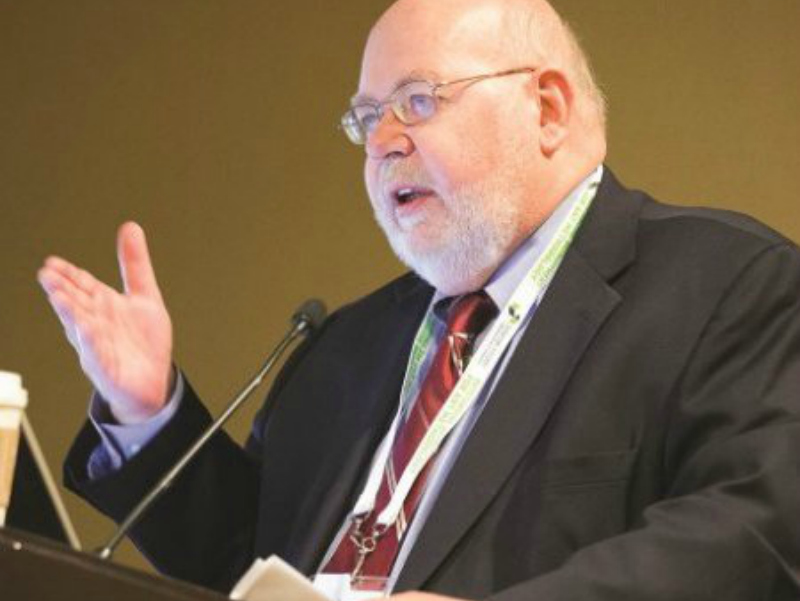This post appears courtesy of the IPR Measurement Commission and originally appeared in PR News.

We all know the imperative of measurement. There is the old management adage that “you can’t manage what you don’t measure.” And then there is the loftier Peter Drucker quote: “If you can’t measure it, you can’t improve it.”
These are fine thoughts, but they are not of much practical help. It would be easier if PR executives managed warehouses. They could measure how many goods came, how many went out and the speed of turnover. They could measure revenue per square foot, transportation costs, shrinkage (corporate speak for theft) and worker safety. No problem. Easy.
But measuring public relations is not so straightforward. There are a number of obstacles that can be summarized under three headings:
- Knowledge. PR measurement can be daunting for those not among the cognoscenti of the measurement field. There are myriad measurement alternatives and systems. There is a specialized language used that is not always transparent. There is a surfeit of measurement firms each claiming superiority. In addition, public relations professionals are not always numbers people.
- Cost. Measurement is not cheap. With public relations budgets being squeezed year after year, funding a solid measurement study could mean not funding a communications program or a staff position. Justifying the cost of measurement is not for the faint of heart.
- Fear. Let’s be honest, a measurement program could demonstrate that the public relations function needs a lot of improvement. The results of research could signal that the current people and processes are not up to snuff. Give the two factors above – knowledge and cost – it is no wonder that measurement could be seen more as a threat than an opportunity.
But the reality is that there is more upside than downside to PR measurement. Measurement is like a GPS device. If you know where you want to go, it can tell you how to get there, how long it will take and whether there are hazards in the road ahead.
To provide guidance to PR executives (and have a little fun), I propose the MOBSTER protocols for public relations measurement. Here goes:
- Meaningful: measuring things that are valid and relevant to the objectives of your PR efforts. If your goal is to improve reputation, you would not use AVEs which only (and erroneously) measure volume rather than any change in stakeholders’ attitudes. If you are measuring media content for specific positive or negative messages, you need to customize the coding directions to include the exact messages you want to identify. Generic positive or negative codes will not get the job done.
- Objective: interesting anecdotes are not going to help the cause. Measurement needs to rely on hard, quantifiable facts. You need to probe for negatives that might exist out there. Too often measurement systems are based on the presence or absence of positives rather than confronting negatives head on.
- Benchmarked: whenever possible, it is desirable to have a sense of what is good and bad based on solid benchmark data or norms. What level of positive media mentions is high in your competitive set and, ideally, across all industries? In reputation measurement, for example, we know that financial services companies tend to be rated lower than most companies in many other industries. This is important to know.
- Sustainable: measurement is not a one-shot deal. It is not a snapshot in time. It needs to present a moving picture over time. Spending so much money on a first wave of research that cannot be repeated is really a waste of resources. Measurement is forever.
- Trackable: besides budgeting for sustainability, measurement systems need to be designed in a way that results are trackable over time. The methodologies must be repeatable, but also able to be updated as realities in the marketplace change. A friend of mine worked on a measurement study for the same client for 26 years. The key measures stayed the same but other parts of the study evolved six or seven times over the course of the research.
- Evocative: PR measurement should be sexy. It should evoke emotions about what might be managed better or, as Drucker suggests, improved. If people are not excited by the measurement results, then there might be something wrong with the measurement design or with how the results are being analyzed and presented.
- Robust: measurement cannot be evocative if the measures are not robust. There are syndicated systems that take a small number of data points, roll them up into an index and say “here you are.” They may be able to tell you if the results are good or bad, but there is not enough information to tell you what to do to improve the situation. Measurement should be like having an MRI. Everything that could be important is measured. The diagnoses coming out of this test give clear direction as to what, if anything, needs to be done get back on a healthy track. Measurement that does not lead to an action plan – even if that plan is to stay the course – is not good measurement.
So these are the MOBSTER protocols. Apply them when creating measurement proposals. Apply them when creating RFPs for measurement and reviewing proposals for measurement.
PR research and analysis: an offer you can’t refuse.
 John Gilfeather is president of John Gilfeather & Associates, a research consultancy specializing in corporate reputation/brand measurement, B2B audiences, and public opinion, as well as training/mentoring the next generation of research leaders. He is an emeritus member of the IPR Measurement Commission.
John Gilfeather is president of John Gilfeather & Associates, a research consultancy specializing in corporate reputation/brand measurement, B2B audiences, and public opinion, as well as training/mentoring the next generation of research leaders. He is an emeritus member of the IPR Measurement Commission.



